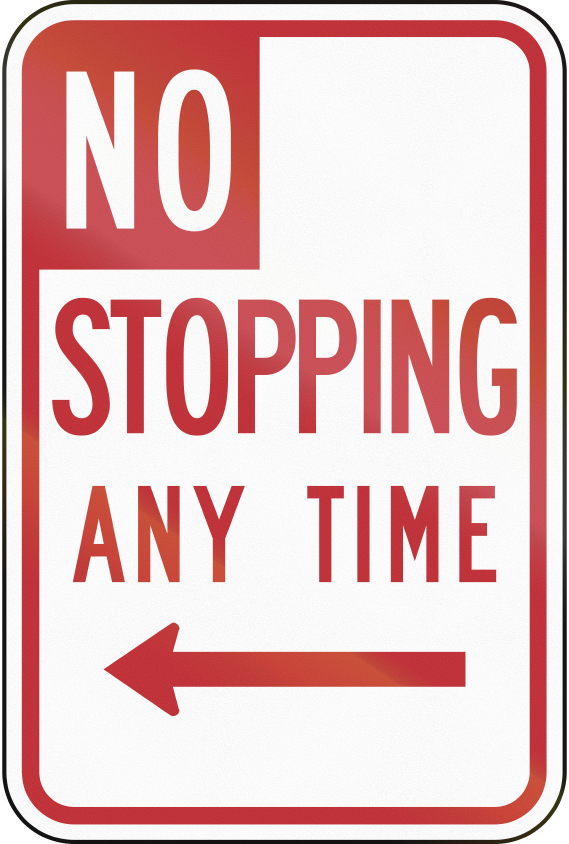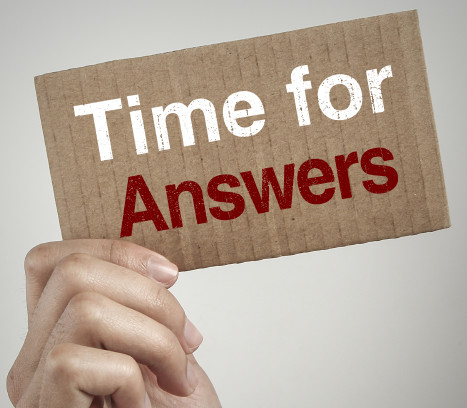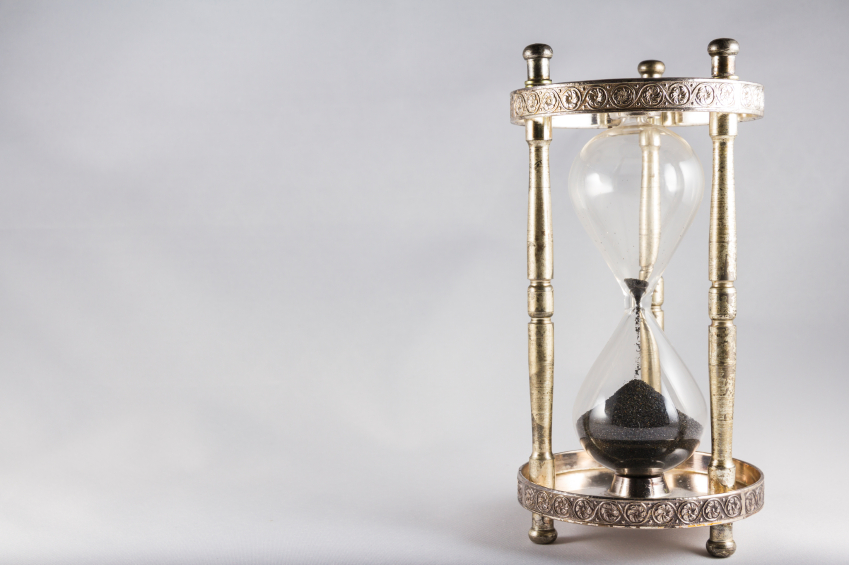 A district court litigation has lots of moving parts all by itself. But add in an IPR and then an ITC Section 337 investigation, and it may become more than the parties can handle. But will the parties agree to stay any of the proceedings? And even if they agree, would any of the tribunals oblige?
A district court litigation has lots of moving parts all by itself. But add in an IPR and then an ITC Section 337 investigation, and it may become more than the parties can handle. But will the parties agree to stay any of the proceedings? And even if they agree, would any of the tribunals oblige?
The answer, it seems, is that when the parties don’t agree,… More






